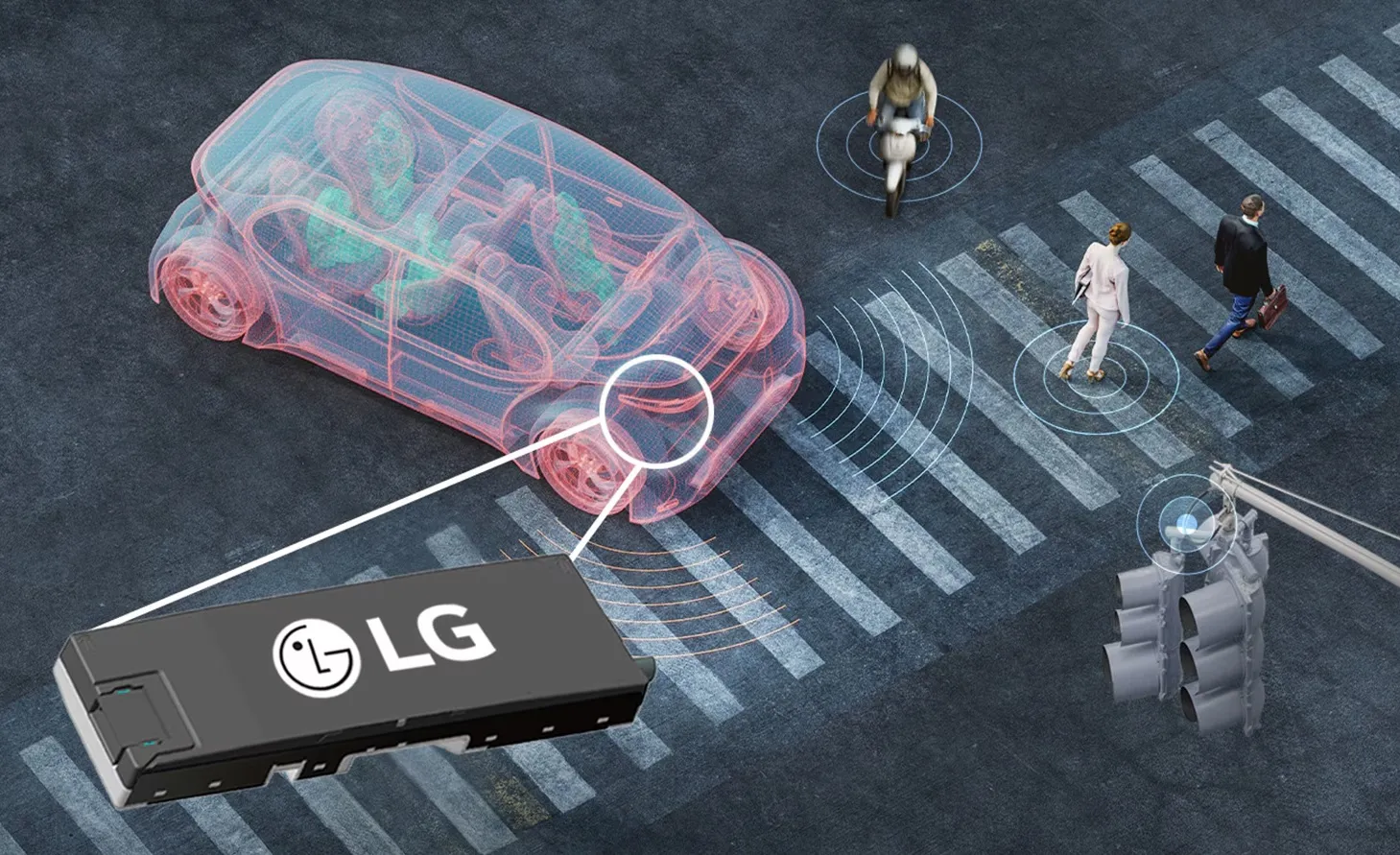Proterra has ordered 57 Veefil-RT DC 50kW fast chargers from Australia-based Tritium to power its Catalyst buses. The agreement is intended to help support the expansion of US manufacturer in the transportation market.
After trialing the chargers, Tritium has collaborated with Proterra to provide a series of modifications to the software to meet the company’s requirements.
Matt Horton, chief commercial officer at Proterra, said: “We aim to partner with like-minded companies. Proterra needed to resource a reliable, standards-based J1772 CCS plug-in charger for our Catalyst range of energy-efficient buses and were looking for a supplier with a similarly innovative approach to technology with the capability to tailor their product to our specifications.”
US Bus manufacturer Proterra orders 57 fast chargers from Tritium
Proterra has ordered 57 Veefil-RT DC 50kW fast chargers from Australia-based Tritium to power its Catalyst buses. The agreement is intended to help support the expansion of US manufacturer in the transportation market. After trialing the chargers, Tritium has collaborated with Proterra to provide a series of modifications to the software to meet the company’s requirements. Matt Horton, chief commercial officer at Proterra, said: “We aim to partner with like-minded companies. Proterra needed to resource
March 8, 2018
Read time: 1 min










